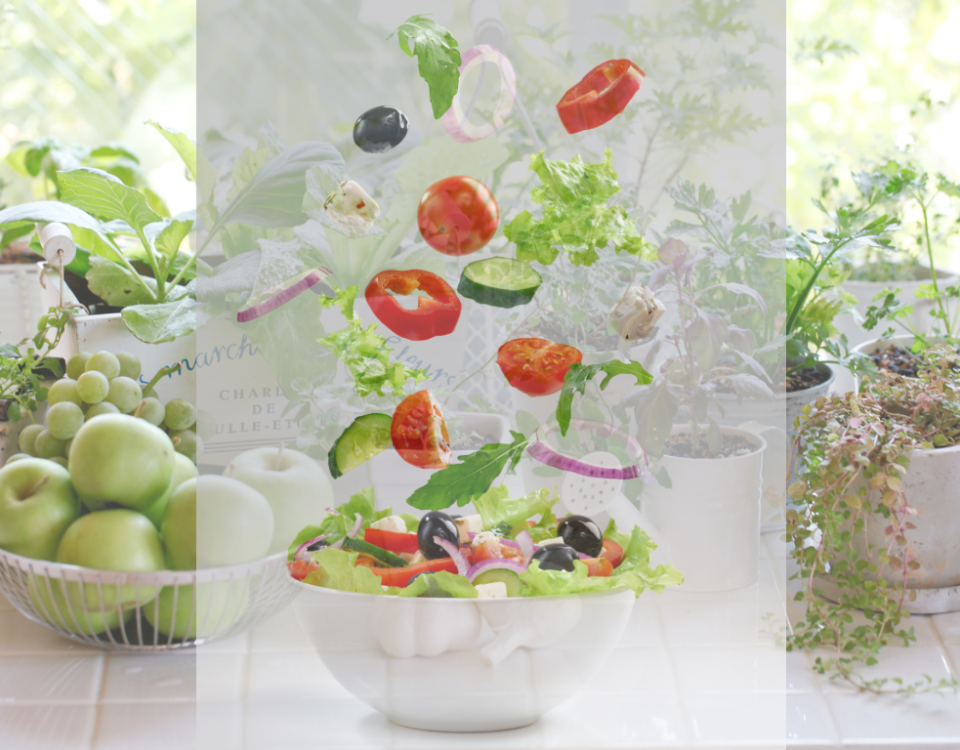From Seed to Plate: The Forgotten Magic of Kitchen Gardening
Picture this: You’re in your backyard, the sun’s smiling down on you, and there it is—your first home-grown tomato, ripe and ready. You pluck it from the vine, and it’s like holding a little sunbeam in your hand. That, my friends, is the magic of kitchen gardening. With the world turning a new leaf towards organic, pesticide-free munchies, it’s time to dig into the dirt and discover the crunchy, fresh joy of growing your own food. Let’s get rooted in the how-tos and why-fors of turning your kitchen scraps into a backyard bounty!
The Benefits of Kitchen Gardening
Chomping on a carrot that’s never seen a chemical? That’s the organic dream! Kitchen gardening means you’re the boss of your beans, the ruler of your radishes, and you can ensure they’re as organic as your cotton socks. But it’s not just your body reaping those vitamin-packed rewards—your green thumb helps Mother Earth by cutting down on food miles and packaging waste. Plus, let’s not forget the zen vibes. Gardening is cheaper than therapy, and you get tomatoes!
Ever since I started growing my own herbs, chillies and cherry tomatoes from seed, my plate (and my life) are fresher, more colourful and free from guilt than ever before!
Getting Started with Your Kitchen Garden
Choosing the Right Location
Sunlight’s the VIP at this garden party, so find a spot that basks in at least 6 hours of those golden rays. Make sure it’s a hop, skip, and a jump away for easy watering and TLC.
When considering accessibility for ease of watering and maintenance in your kitchen garden, here are some practical tips:
- – Position your garden beds near an outdoor faucet or rain barrel to simplify watering. If you can uncoil a hose or carry a watering can without breaking a sweat, you’re golden.
- – Opt for raised beds or containers on casters that can be moved easily. This way, you can roll your garden into the sun, shade, or shelter, depending on the weather and your plants’ needs.
- – Place your plants along the path that you frequent, like your living room balcony, or your kitchen window. This way, you’ll naturally check on your plants throughout the day, catching any thirsty-looking leaves or sneaky weeds early on.

Deciding What to Grow
Start with the easy-peasy lemon squeezy of veggies—think tomatoes, lettuce, and basil. Keep the seasons in mind, and you’ll be a garden guru in no time.
Seasonal considerations are crucial when deciding what to grow in your kitchen garden, as they can greatly influence both the success of your crops and the amount of care they’ll require.
Here’s some Pro Tips to help you out
- If you’re dreaming of summer salads, start sowing seeds of lettuce, cucumbers, and radishes in the early spring. These cool-season crops can handle a slight chill and will be ready to harvest by the time you’re firing up the grill.
- For those who live for the autumn harvest, pumpkins and squashes are your go-to. Plant these in late spring to early summer, and they’ll be ready to carve or cook when the leaves start to change color.
- In warmer climates, winter might be the perfect time to grow a variety of greens like kale, chard, and collards, which can sweeten up with a dip in the mercury and provide fresh produce during a time when most gardens are dormant.
- And don’t forget about spring! Fast-growing herbs like cilantro and cool-season veggies like peas thrive in the gentle warmth, setting the stage for a vibrant and flavorful start to your gardening year.
By tailoring your planting schedule to the seasons, you’ll ensure that your kitchen garden is always bustling with life, giving you a year-round supply of fresh and tasty home-grown goodness.
Gathering Your Supplies
Before you get down to the nitty-gritty of planting, you’ll need to arm yourself with the right gear.
Here’s a short list of essentials to get you started getting your hands dirty (no, we don’t mean literally!) in your backyard, balcony or even your windowsill.
- A trusty trowel is your best friend for digging, planting, and moving soil with precision—think of it as the Swiss Army knife of the garden.
- Don’t forget a watering can with a gentle sprinkle setting; it’s like a rain cloud at your command, perfect for keeping seedlings and plants hydrated without overwhelming them. Slip into a pair of durable gardening gloves to protect your hands from thorns, splinters, and dirt under the nails (plus, they make you look like a pro).
- Lastly, arm yourself with organic soil and compost; these are the chocolate and peanut butter of the garden world, providing your plants with all the nutrients and love they need to grow up strong and healthy. With these tools in hand, you’ll be ready to transform any patch of dirt into a vegetative paradise.
- Oh, and if you live in an especially hot and sunny place, don’t forget to “keep your hat on”!

From Seed to Seedling: Planting Tips and Hacks
Starting Seeds Indoors vs. Direct Sowing
To pre-germinate or not to pre-germinate? That is the question. Weigh the pros and cons, and choose your planting path.
Seed Starting Tips
Cozy up your seeds in biodegradable pots and give them the spa treatment with the right warmth and light. They’ll sprout up before you know it.
Transplanting Seedlings
Introduce your baby plants to the great outdoors slowly—it’s called hardening off, and it’s essential. Be gentle when you move them to their forever home in the garden.
Growing and Caring for Your Plants
Watering Best Practices
Water deeply, but not too often—it’s like making a good cup of tea. And remember, water is precious, so let’s not spill a drop more than we need.
Organic Pest Control
Say no to chemicals and yes to nature’s pest busters like neem oil and soap sprays. Attract friendly bugs like ladybugs to keep the baddies at bay.
Fertilizing Without Chemicals
Compost is black gold in the garden. Buy it from your local plant nursery or make it at home, and watch your garden glow up without any artificial sparkles.

Harvesting and Enjoying Your Produce
Knowing When to Harvest
Tomatoes blushing red? Lettuce looking lush? That’s nature’s green light! Learn the signs of ripeness, and you’ll be a harvest hero.
Harvesting Tips
The early bird gets the… veggies? Yep, morning’s the best time to pick your produce. And be gentle—it’s not a wrestling match.
From Garden to Plate
Whip up a storm with your home-grown haul. From salads to stir-fries, fresh is best. Got too much? Share the love, or learn to preserve your goodies for later.
Dos and Don’ts of Kitchen Gardening
Dos
- Keep a watchful eye on your leafy charges, rotate your crops like your dance moves, and mulch like it’s going out of style.
- Spot the signs of trouble in your plant paradise, and fight back with organic gumption. Prevention is better than cure, so stay vigilant.
- Plants are a bit like Goldilocks—they like it not too hot, not too cold, but just right. Protect them from the elements with some nifty garden gear.
Don’ts
- Don’t drown or dehydrate your plants, keep a close watch on signs of either
- Don’t feed your green pals synthetic nasties, use organic or natural remedies and fertilisers instead, so you know exactly what you’re putting on your plate and in your stomach
- Don’t overcrowd your green corner. Give your green buddies room to boogie, overcrowded plants are prone to pests and diseases spreading, so keep them at least one foot apart and move them further as they grow.
There you have it—a treasure trove of tips to transform your thumb from pale to emerald green. The joys of kitchen gardening are ripe for the picking, so why not start small and watch your garden, and your smile, grow? Grab a shovel, plant a seed, and join the green revolution—one tomato, or pea or chilli at a time.
Ready to trade your screens for greens and get your hands dirty? We’d love to hear from you! Drop a comment below with your thoughts, or even a snapshot of your sprouting garden. If you’re thirsting for more info or need a helping hand to dig into your gardening adventure, don’t hesitate to reach out. Our community of plant enthusiasts and garden gurus is here to help you cultivate not just a garden, but a green lifestyle. So go ahead, share your green dreams and questions, share your sprouting success stories and let’s and let’s grow together in this journey from seed to plate! 🌱🍅🥕







1 Comment
DIY Sustainability: Harvesting Rainwater for a Better Future - Green Pistachio
10 months ago[…] or need inspiration for greentastic DIY projects, read our article on upcycling and repurposing, kitchen gardening or simply how to start living sustainably Whether it’s organic food, sustainable fashion or […]